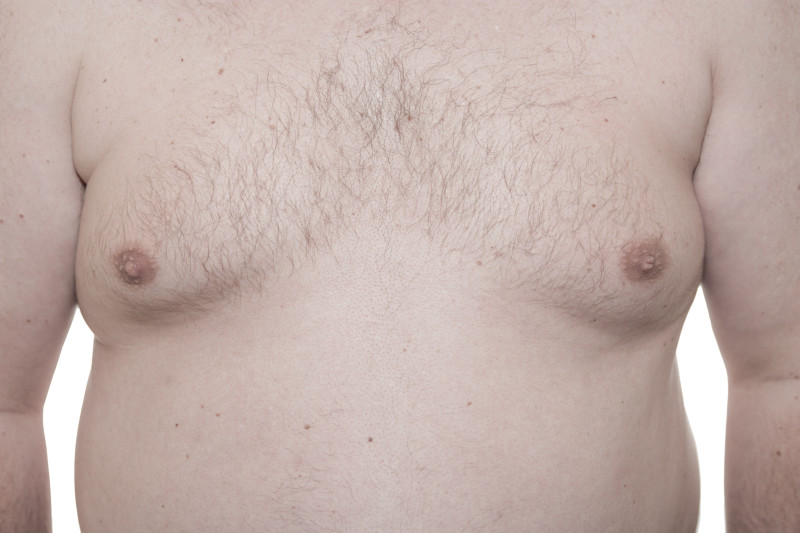 For men who feel self-conscious about their appearance, breast-reduction surgery can help. The procedure removes fat and/or glandular tissue from the breasts. In extreme cases, the procedure can remove excess skin, resulting in a chest that is flatter, firmer, and better contoured. This procedure is sometimes covered by medical insurance.
For men who feel self-conscious about their appearance, breast-reduction surgery can help. The procedure removes fat and/or glandular tissue from the breasts. In extreme cases, the procedure can remove excess skin, resulting in a chest that is flatter, firmer, and better contoured. This procedure is sometimes covered by medical insurance.
The best candidates for surgery have firm, elastic skin that will reshape to the body's new contours. Surgery may be discouraged for obese men, or for overweight men who have not first attempted to correct the problem with exercise or weight loss. Also, individuals who drink alcoholic beverages in excess or smoke marijuana are usually not considered good candidates for surgery. These drugs, along with anabolic steroids, may cause gynecomastia.

|
Chest Gynecomastia
Procedure Information
|
|
In / Outpatient, Anesthesia, Length of Procedure
We generally perform breast-reduction surgery in our outpatient surgical facility, a nationally accredited, state-of-the-art surgical center. The procedure itself takes about an hour and a hal. However, the procedure can last longer if a more extensive surgery is required. Patients generally receive a general anesthetic and sleep through the surgery although sometimes they are given a local anesthetic and sedative for relaxation.
During and After
The type of procedure will depend on whether your breast enlargement is primarily from fatty tissue or glandular tissue. When the cause is fatty tissue, we will use liposuction to remove the excess fat through a small incision made around the edge of the areola or in the underarm area. The doctor will insert a slim hollow tube (a cannula), which is attached to a vacuum pump, break up the fat, and suction it out. If excess glandular tissue is the primary cause of the breast enlargement, we will remove it with a scalpel through an incision on the edge of the areola or under the arm. Sometimes they combine the procedures, using both scalpel and liposuction for best results. In cases where large amounts of fat or glandular tissue have been removed, the doctor may remove excess skin to allow the remaining skin to firmly re-adjust to the new breast contour.
Sometimes, a small drain is inserted through a separate incision to draw off excess fluids. Once closed, the incisions are usually covered with a dressing. The chest may be wrapped to keep the skin firmly in place. You will feel some discomfort for a few days after surgery, but this can be controlled with medications prescribed. Most patients feel well enough to return to work within three to seven days after surgery and any stitches will usually be removed in one to two weeks. You should avoid strenuous activity for two to three weeks.
Side Effects and Risks
Typical, temporary side effects of breast reduction surgery are temporary bruising, swelling, numbness, soreness or a burning sensation. Swelling and bruising may last as long as three to six months or longer.
More severe possible complications include infection, skin injury or fluid accumulation. The procedure may also result in noticeable scars, permanent pigment changes in the breast area, a rippling or bagginess of skin and slightly mismatched breasts or nipples. If asymmetry is significant, a second procedure may be performed to remove additional tissue.
Recovery
You should stay away from any sport or job that risks a blow to the chest area for at least four weeks. In general, it will take about a month before you're back to all of your normal activities. You'll be swollen and bruised for awhile, as long as three to six months. To help reduce swelling, you'll probably be instructed to wear an elastic pressure garment continuously for a week or two and for a few weeks longer at night. Although the worst of your swelling will dissipate in the first few weeks, it may be three months or more before the final results of your surgery are apparent. You should also avoid exposing the resulting scars to the sun for at least six months. Sunlight can permanently affect the skin's pigmentation, causing the scar to turn dark.
Duration of Results
Permanent.